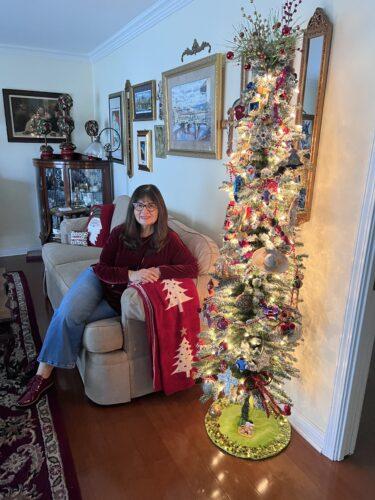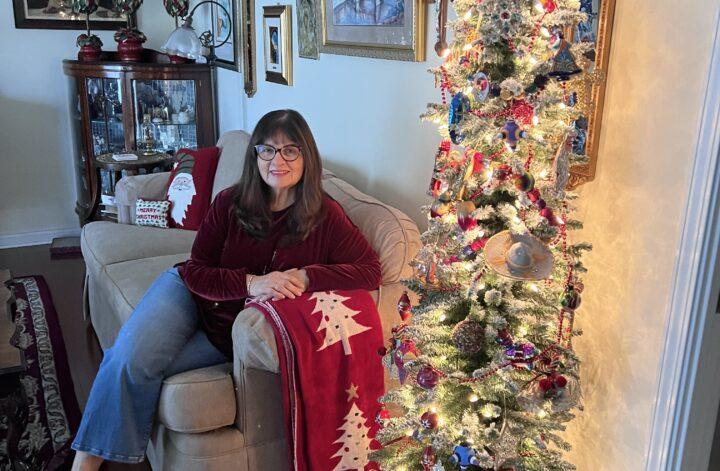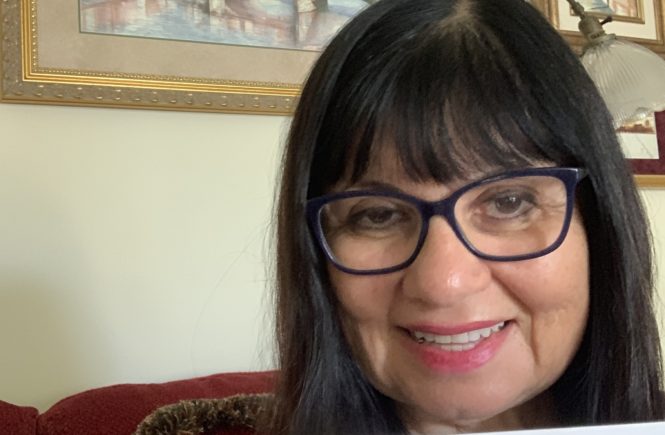 By far my favorite Christmas Carols are “O Holy Night and Silent Night.
By far my favorite Christmas Carols are “O Holy Night and Silent Night.
Silent Night/Stille Nacht
Josephus Francisus Mohr, (Joseph Mohr) a Roman Catholic priest, had written the lyrics to “Stille Nacht/Silent Night.” He desperately needed a Christmas carol for the Midnight Mass. Father Mohr asked the choir director, Franz Xaver Gruber, to help him by composing a melody to “Silent Night.”
It took Franz Gruber only a few hours to compose the melody to Silent Night. The two men stood before the altar, accompanied by the choir and for the first time on December 24, 1818, performed “Silent Night” at St. Nicholas Catholic Church in Oberndorf, Austria.
O Holy Night/Cantique de Noel
Placide Cappeau, a poet, wrote the lyrics to the song “O Holy Night”. Placide, not being a religious man, was surprised when a priest from the local parish first approached him with the request. He studied the Christmas story in the Gospel of Luke and imagined himself there. When he finished the song, he thought that it was more than a poem, so he asked his friend Adolphe Charles Adam to write the melody.
Adolphe Charles Adam
Adolphe Charles Adam, a famous classical musician renowned throughout Europe, complied with this unusual request. It was unusual because he was Jewish. He did not celebrate Christ or anything having to do with Christianity.
But he did compose the music to go along with the words of his friend Placide. Three weeks later the song was performed at the Midnight Mass on Christmas Eve.
Placide Cappeau
When Placide joined a socialist movement and it was discovered that Adolphe Adam was a Jew, the French Catholic Church leaders cancelled “O Holy Night.” The French Catholic Church may have been one of the first “cancel culture”societies, a movement in our country that is frowned upon by many.
Banned
For nearly two decades “O Holy Night” was banned from being sung at church services, but the French loved the song so much that they continued singing it in their homes.
The Rebirth
In 1870 the song regained popularity during the Franco–Prussian War, when a lone French soldier stepped out of the trenches, lifted his eyes toward heaven and sang “O Holy Night.” This was followed by a German soldier singing a German Christmas carol. For 24 hours peace filled the air and there was a ceasefire from both sides in observance of Christmas Day.
John Sullivan Dwight
John Sullivan Dwight, an American abolitionist, fell in love with this song. He was particularly moved by these verses:
“Truly He taught us to love one another; His law is Love and His gospel is Peace. Chains shall He break, for the slave is our brother, and in His name all oppression shall cease.” In 1855 he translated “O Holy Night” from French to English.
Mr. Dwight published “O Holy Night” in his magazine and it found great favor in America, especially in the North during the Civil War. The Christmas carol became an anti-slavery anthem during the 1850’s.
Reginald Fessenden
Reginald Fessenden took “O Holy Night” to a higher level. This 33-year-old university professor and former chief chemist for Thomas Edison accomplished something that at that time was considered impossible.
The Airwaves
In 1906 he used the radio telegraphic communication across the Atlantic Ocean. Introducing a new type of generator, Reginald Fessenden spoke into a microphone and, for the first time, a man’s voice was heard over the airwaves. Imagine ships at sea hearing a man’s voice preaching the gospel instead of receiving coded messages. The airwaves were created to send the gospel to the world.
The Christmas Story
Fessenden read from:
The Birth of Jesus.
1In those days a decree went out from Caesar Augustus that the whole world should be enrolled. 2 This was the first enrollment, when Quirinius was governor of Syria. 3 So all went to be enrolled, each to his own town. 4 And Joseph too went up from Galilee from the town of Nazareth to Judea, to the city of David that is called Bethlehem, because he was of the house and family of David, 5 to be enrolled with Mary, his betrothed, who was with child.6 While they were there, the time came for her to have her child, 7 and she gave birth to her firstborn son. She wrapped him in swaddling clothes and laid him in a manger, because there was no room for them in the inn.
The beauty of this incredible story is that it occurred on Christmas Eve. Mr. Fessenden ended the broadcast by playing “O Holy Night” on his violin.
The Connection
Discovering the history of these timeless Christmas carols is a clear message on how God uses us for His glory. Father Mohr was an illegitimate child whose father had abandoned him before his birth. Despite this he became the priest who wrote the lyrics to one of the most beloved songs: ” Silent Night.”
Placide, inspired by the Christmas Story in the Book of Luke, wrote about what he experienced reliving the birth of Christ. Adolphe Charles Adam, a Jew, was used mightily by God to compose the melody for “O Holy Night.” Though they were cancelled by the Catholic Church in France, no one can deny the fact that together they did a glorious job collaborating this master piece.
God used John Sullivan Dwight, a magazine publisher, to give “O Holy Night” new recognition. Reginald Fessenden’s contribution was introducing the Gospel through the airwaves for the first time.
All these talented men will go down in history for their contribution of reaching those who are in the Valley of Decision because these songs tug at your heart.
My Prayer
Dear Lord, we are in the trenches of life, not certain about our future with the war at our doorstep. Lord, may the world listen to the words of these songs and cause a ceasefire in Ukraine and Israel and Hamas in Gaza. We pray for the miracle of peace throughout this earth. Amen.


